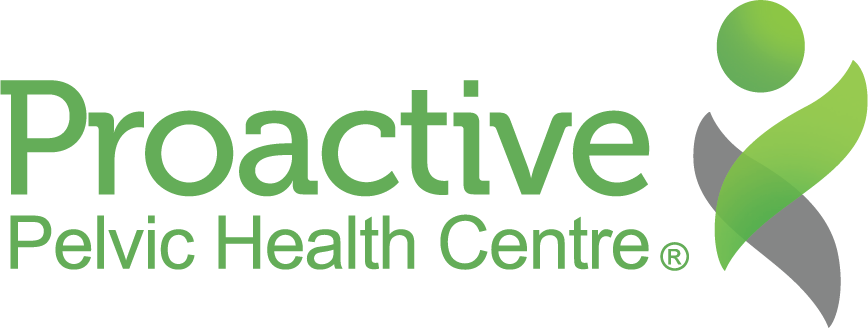The Connection Between Bladder Symptoms & Bowel Function
Leeanna Maher, PT, MSc PT, H.BSc
It comes as no surprise that when a client attends a pelvic physiotherapy assessment, they may be there seeking to resolve issues relating to their bladder. These lower urinary tract symptoms (LUTS) include urinary leakage or incontinence, urgency, frequency, nocturia (increased nighttime wakings to void), pain when peeing or even a sense of incomplete bladder emptying, to name a few. What may surprise my client during an assessment of this nature is when I pivot my questions to ask about their bowel movements. The typical line of questioning often goes a bit like this:
What do your bowel movements look like? Is it pebbles or soft like a log?
How often do you empty your bowels?
Does it take a long time to evacuate your bowels?
Is there a lot of effort and straining required to empty your bowels?
Do you usually feel satisfied that you have fully emptied your bowels?
I find that a lot of my clients are a bit taken aback by these questions. They tend to gloss over these questions quite quickly because…well, they are here for concerns related to pee issues, right? Not their bowel function.
What is important to understand here is that pelvic physiotherapists are offered the gift of time with each of their clients. This time is devoted to looking holistically at the individual in front of us and gathering a plethora of information to determine all of the possible factors that may contribute to their bladder symptoms. It is important to include but not focus solely on the role of the pelvic floor and to consider how the bladder may be responding to a multitude of factors occurring within the pelvis.
One such factor or influencer on bladder sensitivity or irritability is the rectum. The rectum sits snugly behind the bladder in the pelvis. The only organ separating the rectum and bladder is the vaginal canal. The vaginal canal is made up of connective tissue and smooth muscle fibers that are elastic and compress easily. This allows the rectal wall to press on the bladder if the rectum is stretched out from being full of stool.
Constipation increases the risk of LUTS. The more stool in the rectum, the firmer it is, the longer it stays in the rectum, the more it is able to push and press on the bladder. What are the effects of large amounts of stool in the rectum pressing on the bladder? The physical pressure reduces the bladder’s capacity to fill with urine thus contributing to urinary frequency and urgency. The pelvic floor muscles respond to constipation by increasing tone and tension. Increased pelvic muscle tension can further exacerbate bladder urgency and diminishes how well the bladder can empty. The shared network pathway of nerves between the bowel and bladder ensures these organs communicate with each other. This is otherwise known as visceral cross-talk. Irritation of the nerves in the colon from constipation increases the irritation and sensitivity of the nerves that supply the bladder.
Constipation may incorporate some or all of the following symptoms:
Infrequent bowel movements (less than 3 times a week)
Hard, dry bowel movements
Effort and strain to empty the bowels with or without pain
A feeling of not completely emptying following a bowel movement
If constipation is identified, a pelvic physiotherapy goal will be to help calm and soothe the potentially irritated bladder and nerves by ensuring the rectum is no longer a storage unit for stool. A happy bladder is generally one with a clear rectum.
Whether or not your constipation has been present for many years and your bladder issues are relatively new in the timeline, your constipation is still a factor and leads one to be at more risk for the eventual development of LUTS.
Goals of Pelvic Physiotherapy
Pelvic physiotherapy goals as it relates to the bladder and bowel connection include the following:
Optimize fibre intake and hydration to create a stool consistency that resembles a smooth sausage or banana shape. This makes the stool a lot easier to pass along the rectum and through the anal outlet. When people have issues with bladder frequency or urgency, they may limit their fluid intake. Being chronically dehydrated can make the constipation worse and a vicious cycle is created.
Learn optimal defecatory positions, pelvic relaxation strategies, and breathing mechanics to decrease the risk of pelvic outlet obstruction while having a bowel movement.
Ensure that bowel movement urge sensations are recognized and that bowel urges are not suppressed/delayed longer than 10-15 minutes.
Encourage a daily exercise program to promote gut motility and optimize blood flow for digestion to increase the frequency of bowel movements.
Conclusion
In conclusion, if you are experiencing LUTS, consider whether or not your bowel habits may be a possible contributing factor. Identifying constipation may be one pathway for getting to the heart of understanding what is contributing to your irritable bladder symptoms.


